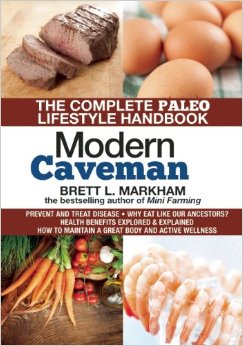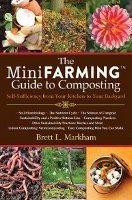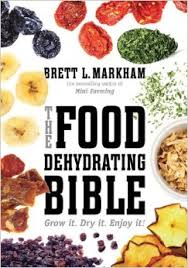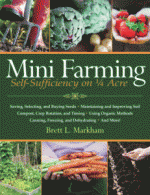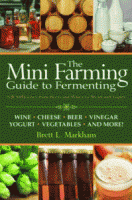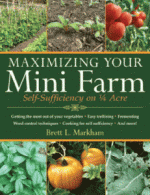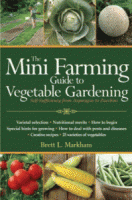The best time to get your beds ready for next year, or prepare beds for the first time, is in the fall.
The reason is because MiniFarming relies on organic methods, and organic methods though superior in the long run, are slow. The additions made to beds — alfalfa meal for slow nitrogen, compost, dolomitic lime and similar materials — are not instantly available. Instead, they need time to break down and become fully incorporated.
It’s also inevitable that certain weeds will escape your notice over the growing season. These should be pulled in the fall before they set seed because if you wait until spring, their next generation will become a problem. Instead, pull them in the late summer or early fall before they have dropped their seeds.
Fall is also the best time for sowing cover crops. Keep in mind that bacteria is the actual engine that powers your soil. Bacteria act as a translator between the minerals in the soil and the plants you are growing. Making a bed utterly sterile for the winter by removing all plant materials can starve out the bacterial populations that have been thriving all season, and a cover crop helps to keep them in good shape. If a cover crop is not practical, then at the very least cover your bed with a couple inches of compost to give them something to work on.
Time in the late summer and fall is a bit less frenzied as well. In the spring, to get the most out of your season — especially here in the Northeast — you need to plant on a pretty tight schedule. Onions get transplanted in early April, cole crops get transplanted in late April, and so forth. Given that we often have snow on the ground until late March, that doesn’t leave a lot of time. If you incorporate your amendments in the fall, that leaves you time for last minute weeding, bed preparation and repairing bed frames before planting at a more leisurely pace in the spring.
Filed under: Self-Sufficiency, Vegetables


